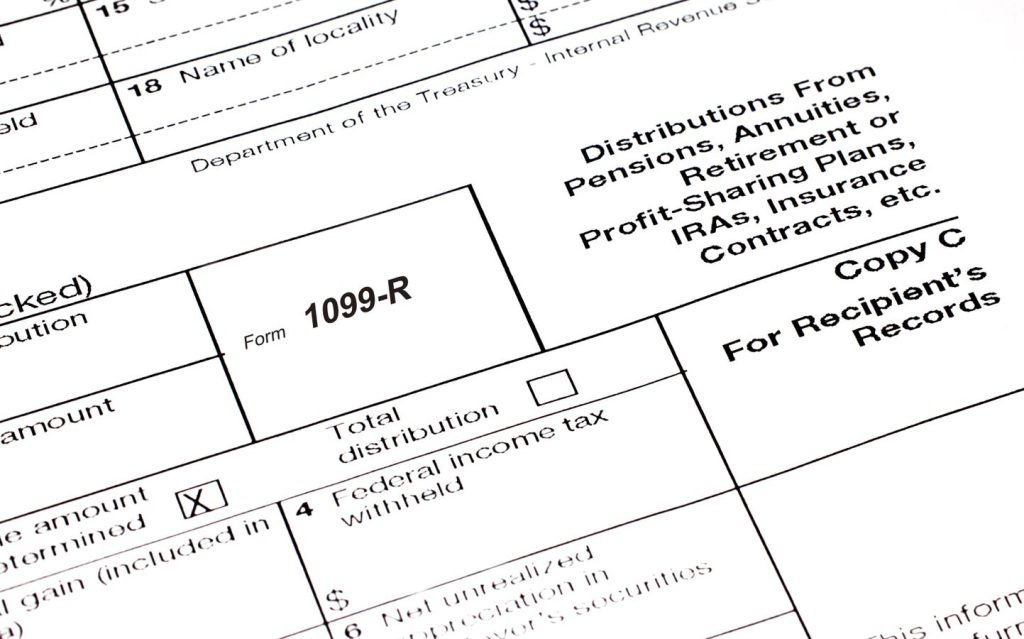Qualified charitable distributions (QCD) from an IRA can be beneficial for those over 70 1/2, especially with the higher standard deduction and various tax benefits. However, there are traps to watch out for when it comes to reporting these distributions on tax forms. If a charitable distribution is made from an IRA, the 1099-R form may not accurately reflect this, leading to potential issues with tax preparation.
Taxpayers are responsible for determining whether a distribution qualifies as a QCD, not the trustee of the IRA. This can lead to confusion and errors in reporting, especially if the exclusion is missed by tax preparers. The tax community on #TaxTwitter has expressed concerns about the likelihood of the QCD exclusion being overlooked, highlighting the importance of reviewing tax returns for accuracy.
Some individuals may attempt to manipulate the system by falsely claiming a QCD on their tax forms, leading to potential IRS scrutiny. There are strict requirements for QCDs, including a $100,000 limit per person, restrictions on charitable recipients, and the need for proper acknowledgements from charities for donations of $250 or more. Failure to meet these requirements can result in the exclusion being denied.
Proper communication with tax preparers and a thorough review of tax returns are essential for ensuring that QCDs are reported correctly. It is crucial to verify that the QCD is properly reflected on tax forms before filing to avoid potential issues with the IRS. For those filing paper returns, instructions on how to report QCDs can be found on page 27 of the tax forms, while software users may need to adjust their coding to include the QCD information.
Overall, understanding the rules and requirements for QCDs is essential for individuals over 70 1/2 who are considering making charitable donations from their IRA. By being aware of potential pitfalls and ensuring accurate reporting on tax forms, taxpayers can maximize the tax benefits of QCDs and avoid any potential issues with the IRS. Taking the time to review tax returns and communicate clearly with tax preparers can help ensure a smooth and successful tax filing process.















